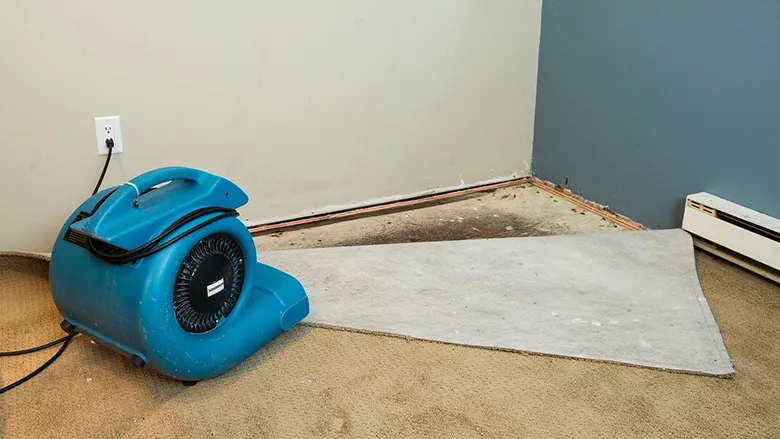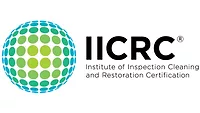Evaluating the Effectiveness of Your Drying Strategy for Water Mitigation

Photo credit: VisualCommunications/iStock / Getty Images Plus via Getty Images
A piece of conventional wisdom often encountered in the restorative drying profession is: “By day 2 the relative humidity should be below 40%.” This was boasted to me as recently as March of this year by my AMRT training instructor, and the mitigation software I use is indeed programmed to display a warning symbol when RH >40% is entered.
Attribution of this tenet seems to me to be a tad mysterious. One can scour the last three editions of the ANSI/IICRC S500 Standard for Professional Water Damage Restoration looking for its mention to no avail. Perhaps it was lifted from ASHRAE or CPSC recommended indoor humidity ranges, or refers to the limited capabilities of the old conventional refrigerant dehumidifiers. I’ve also suspected it may be an oversimplification intended to guide those just beginning their restoration career. Or perhaps, like minimum grain depression, it was imposed by adjusters and meekly accepted by our industry in appeasement.
Regardless of where it came from, it persists, and we should not continue to entertain a precept which supposes that one could draw meaningful conclusions related to the engineering of a restorative drying environment from an uncorrelated psychrometric value. As an illustration, consider the following scenario:
The drying chamber is a basement with no HVAC and somewhat drafty doors and windows.
Day I initial conditions:
| ST | RH | gpp | DP | |
|---|---|---|---|---|
| Outside Air | 68deg.F | 75% | 77 | 60 |
| Inside Air | 70deg.F | 68% | 74 | 59 |
We set up our LGR dehumidifier and return on day 2 at the same time to monitor and discover the following conditions:
| ST | RH | gpp | DP | |
|---|---|---|---|---|
| Outside Air | 71degF | 72% | 82 | 62 |
| Inside Air | 81deg.F | 39% | 61 | 54 |
Amazing! Thanks to our >40% guideline, we have gotten this project off right! Right?
Consider an alternate day 2 where instead we discover these conditions:
| ST | RH | gpp | DP | |
|---|---|---|---|---|
| Outside Air | 64deg.F | 84% | 75 | 59 |
| Inside Air | 73deg.F | 44% | 53 | 50 |
Here we are above 40% RH, but in fact we have drier air than in the first example. The alternate day 2 has lower gpp than the first, and as gpp correlates directly to vapor pressure, we know the alternate day 2 conditions are better for drying.
Furthermore, as we are charged with also preventing secondary damage, we can deepen our analysis including surface temperatures and dew point. Using our IR thermometer, we discover that our lowest surface temperatures in the chamber are that of the north facing back door and window which have a ST of 63deg.F. No problem, right? Our dew point temperatures in both scenarios are well below that. But, we know that between the time we initially monitor a project and that same night, temperatures outside can drop significantly causing surface temperatures of exterior components like doors, walls, and windows to drop as well. On this occasion, a quick click on the weather app on our phone reveals that as a cold front passes this evening, the outside temperature will rapidly drop to 53deg.F. Might that elevate the risk of water vapor condensing on those surfaces? In which example is this more imminent? Which is more satisfactory overall?
It is true that even more information is needed to evaluate the effectiveness of our drying strategy like drying goals, material and assembly types, occupant activity, etc. Even more reason we should never be content with the appearance given to a particular situation by an isolated piece of data. It is an assessment of the whole picture that properly guides our decisions. Forget about 40%!
Looking for a reprint of this article?
From high-res PDFs to custom plaques, order your copy today!









